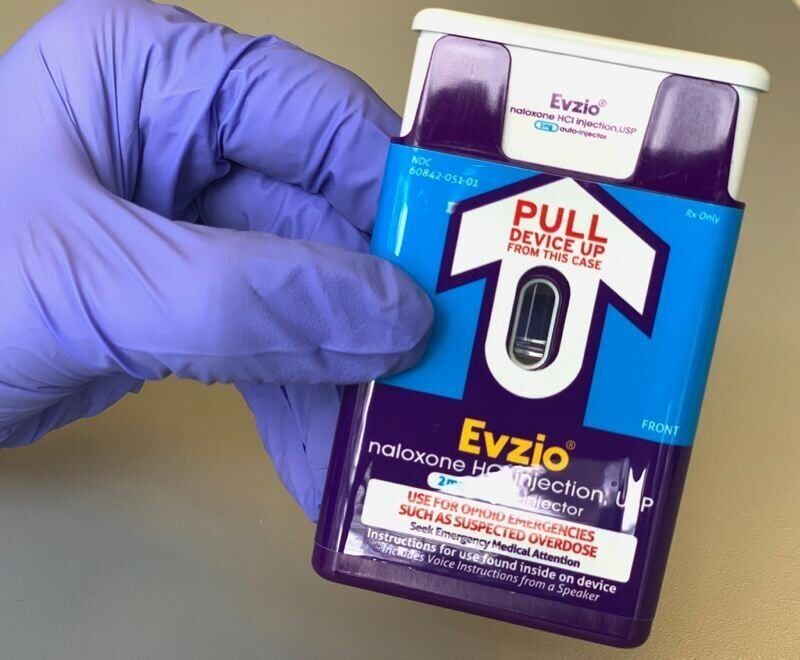Oregon Health Authority releases new opioid safety and prevention methods to schools
Published 3:50 pm Friday, October 18, 2024
The Oregon Health Authority has released new curriculum for Oregon schools aimed at increasing awareness of the risks associated with synthetic opioids, such as fentanyl.
Trending
According to state health officials, these lesson plans will enhance students’ understanding of opioid dangers and may help delay or prevent drug use.
Opioid poisonings is an issue that is affecting people throughout the state. For instance, in Marion County for 2021, there were 90 unintentional and undetermined fatal opioid poisoning incidents, according to the 2022 Opioids and Ongoing Drug Overdose Crisis in Oregon Report.
Many of the deaths were linked to fentanyl, as fentanyl and methamphetamine were the drugs most involved in unintentional and undetermined overdose deaths in Oregon.
Trending
“The dangers of fentanyl have no age boundaries,” Gov. Tina Kotek said in the press release. “We must support the critical role that schools play in substance use prevention and intervention for students. The updated lesson plans and toolkit are a result of multiple state agencies coming together to collaborate on how we can best protect young Oregonians.”
As Kotek explains, fentanyl has harmed people of all ages. In 2021, Oregon saw 11 fentanyl-related fatal poisonings in ages 0-17 and 53 in ages 18-24, according to the Oregon-Idaho High Intensity Drug Trafficking Area.
In addition to the updated curriculum, the Health Authority also has introduced a new “fentanyl toolkit” for schools. The 2024 toolkit includes new resources reflecting the latest science and practices in substance use prevention and intervention.
The updated curriculum and tools also implement new state legislation that requires districts to inform parents about opioid poisoning reversal medications. This is because all Oregon schools can now request and have access to naloxone, more commonly referred to by the brand name Narcan, a medicine that reverses opioid poisoning.








